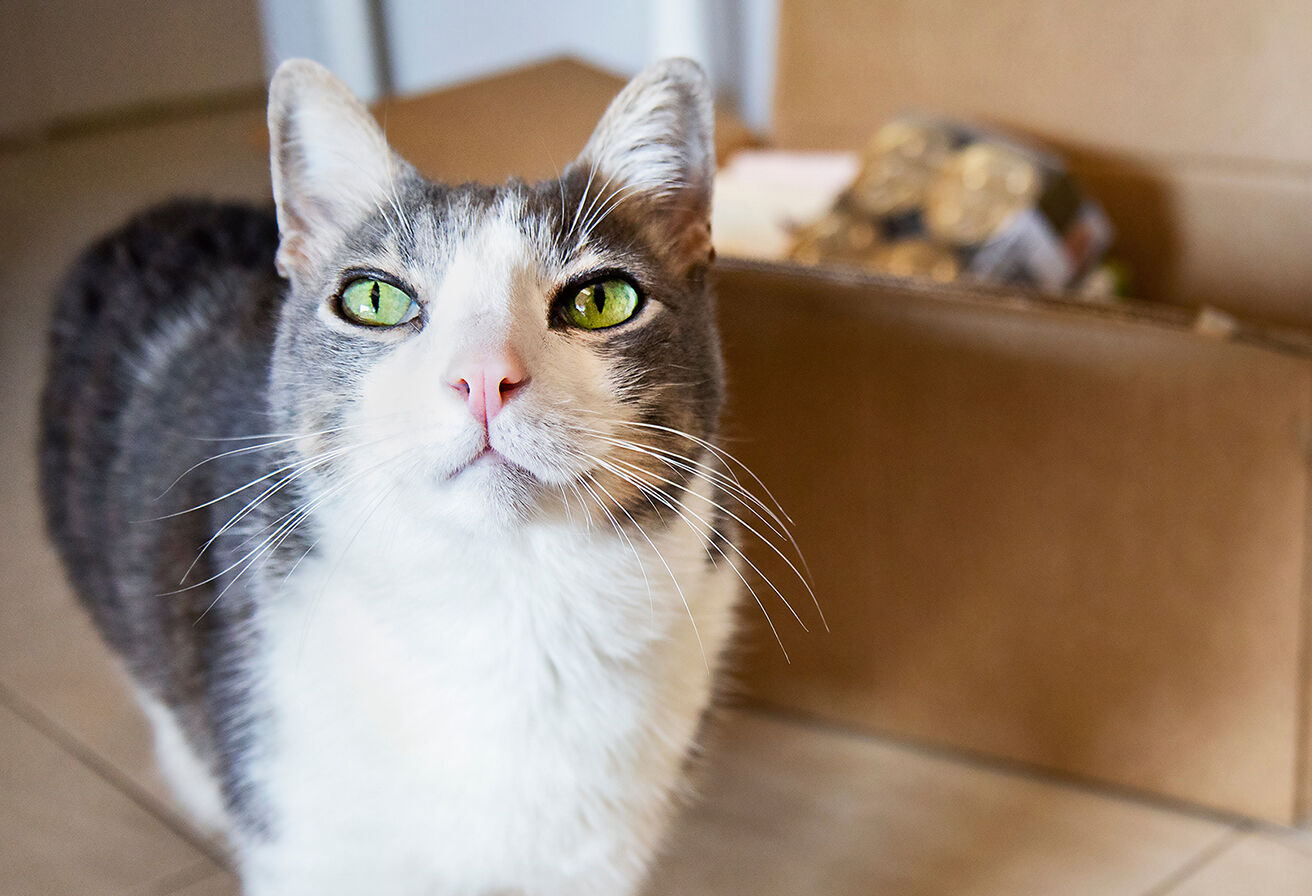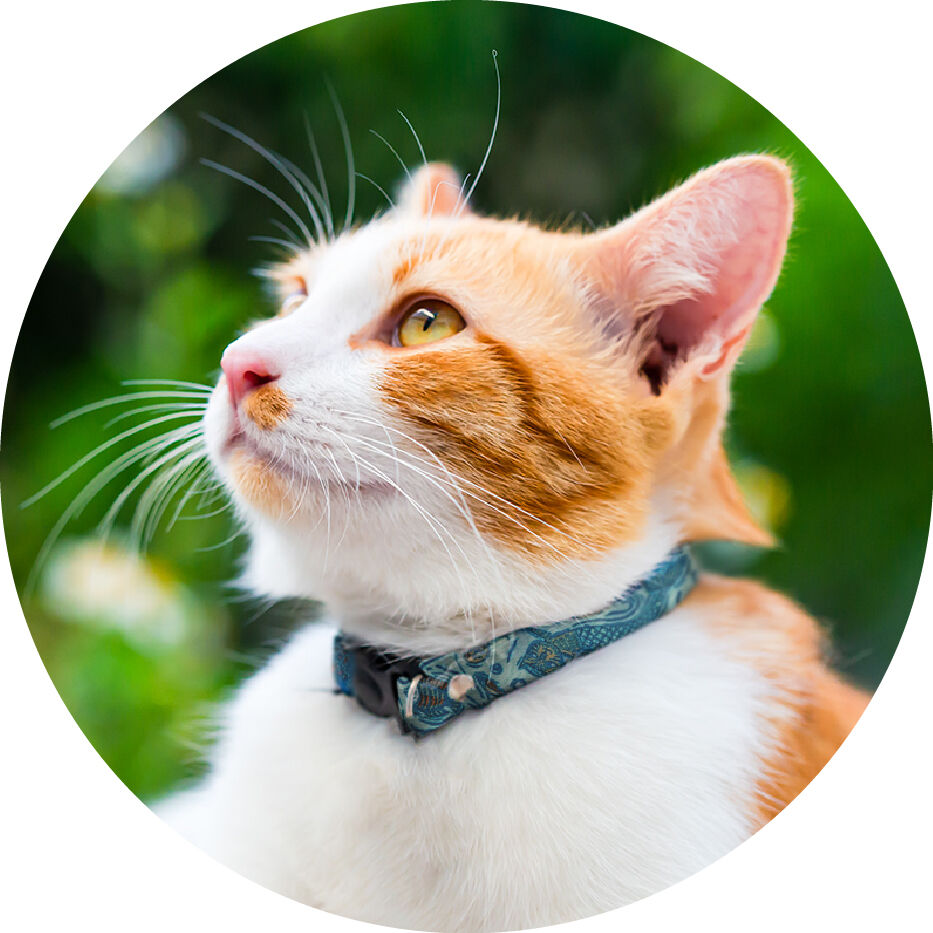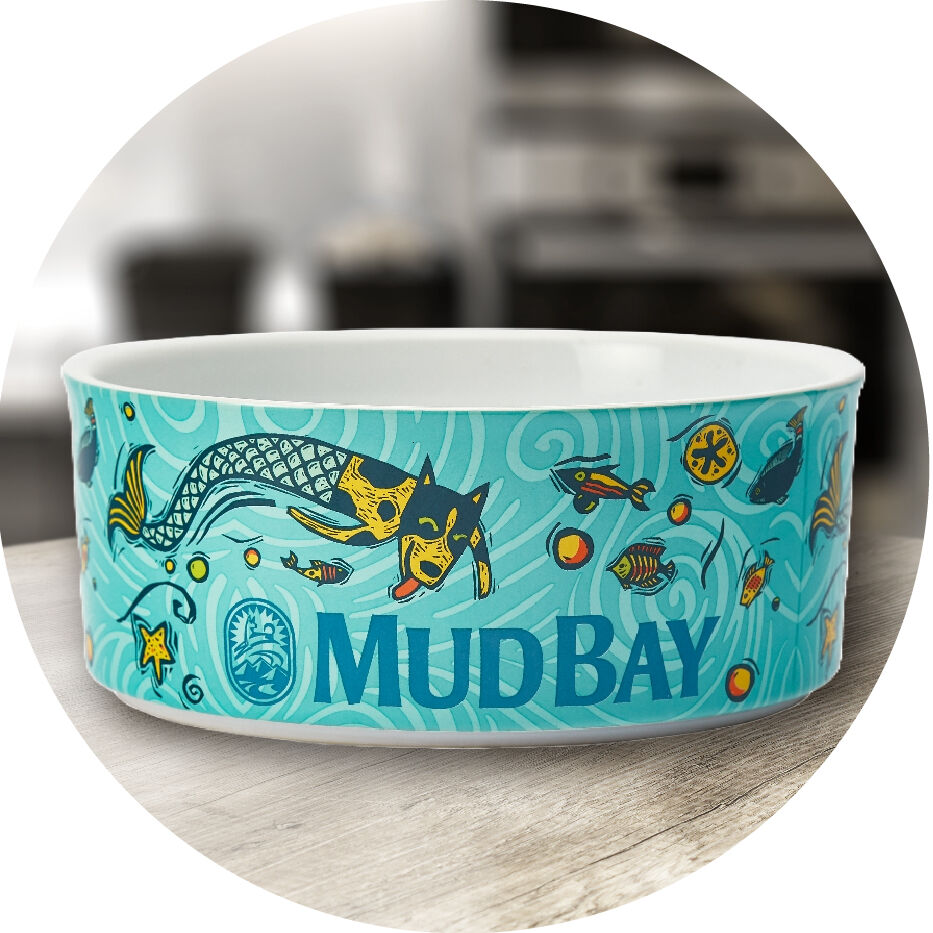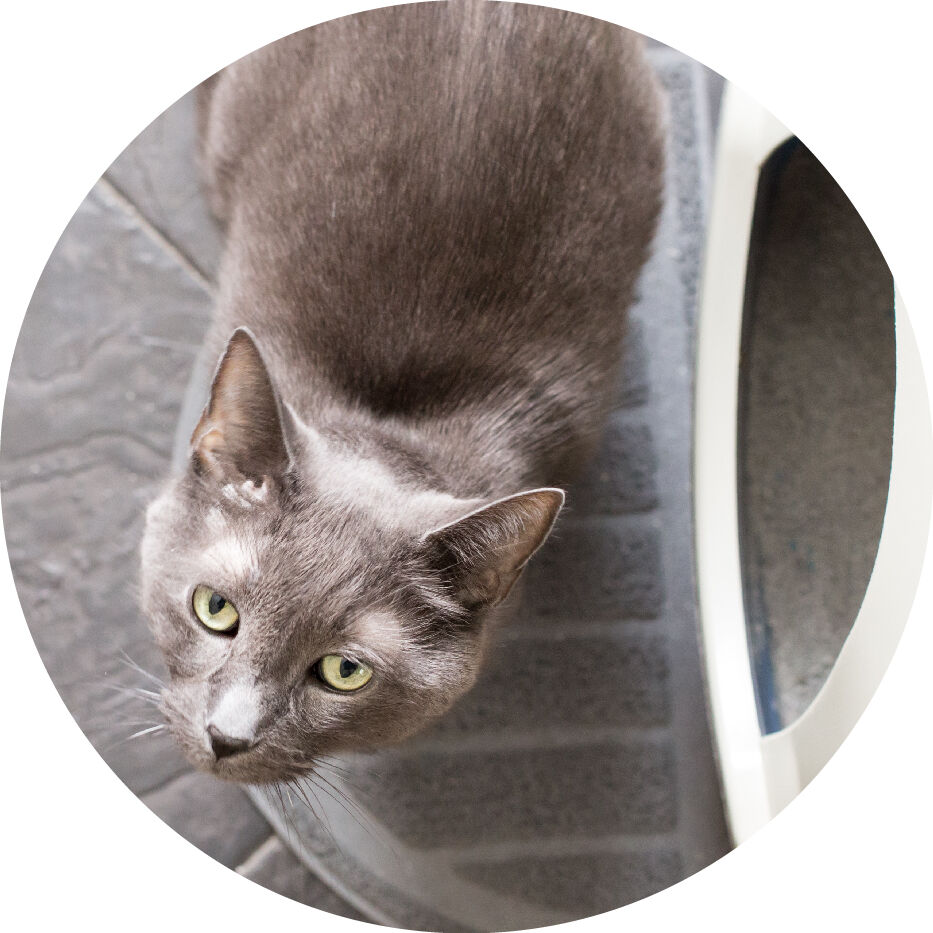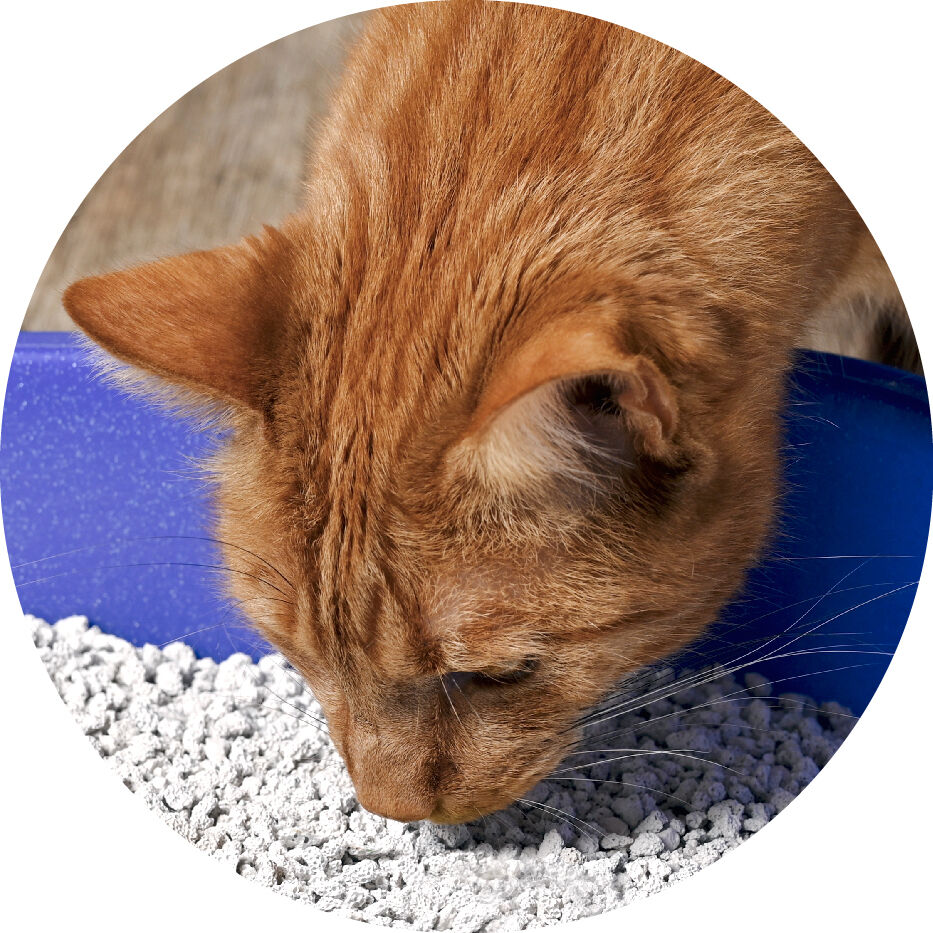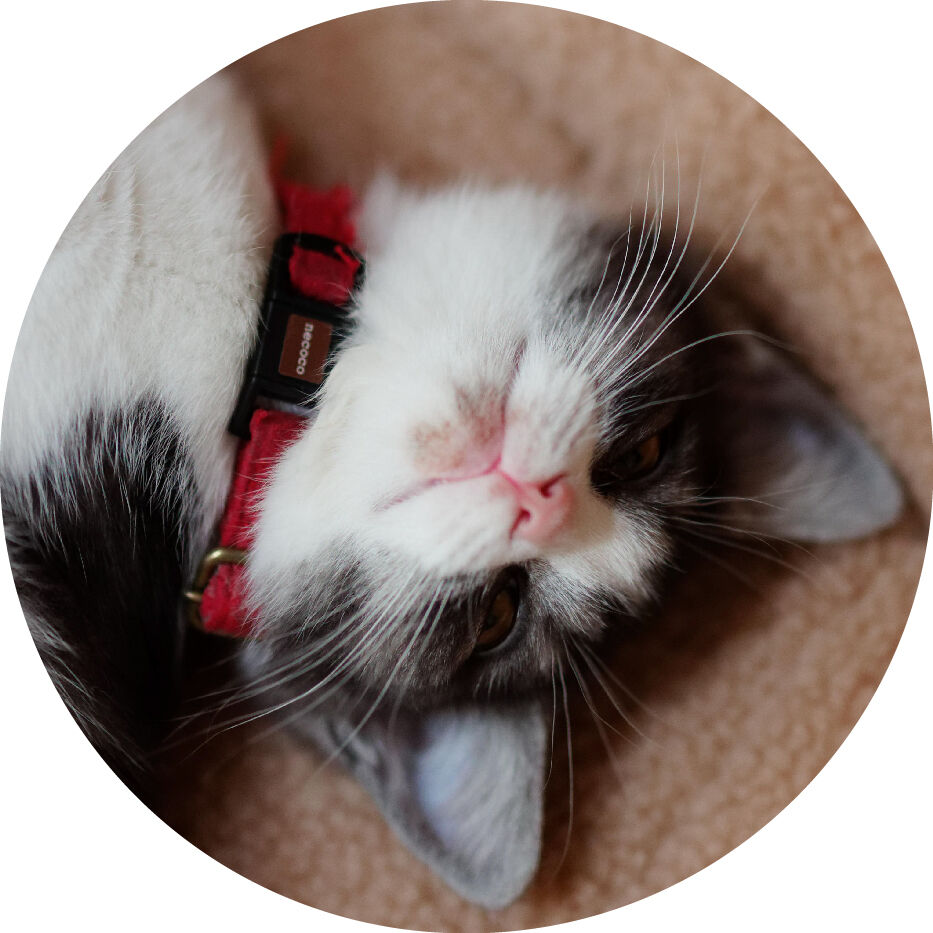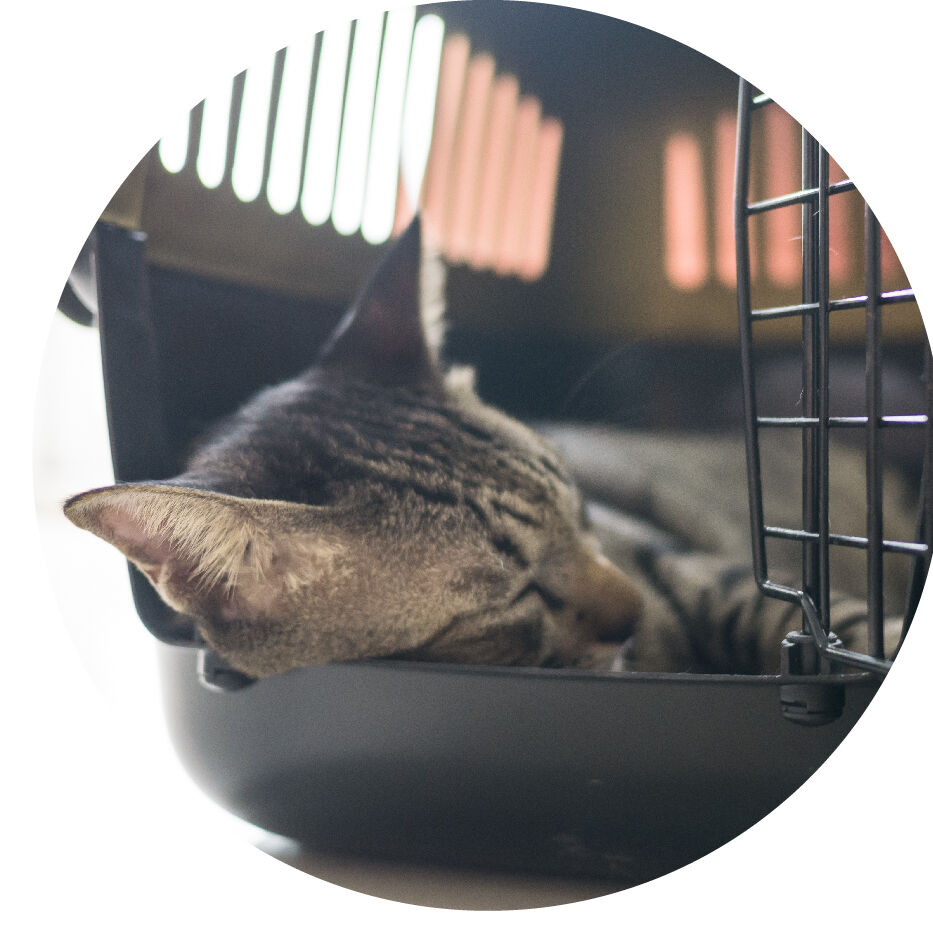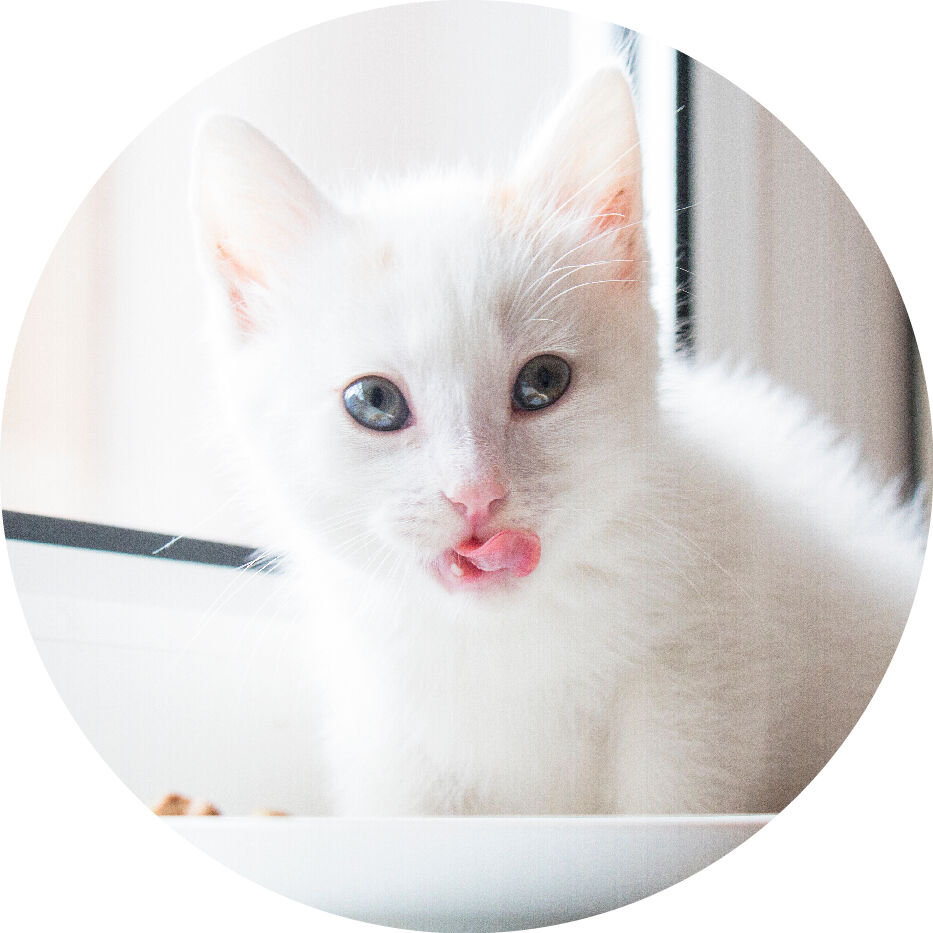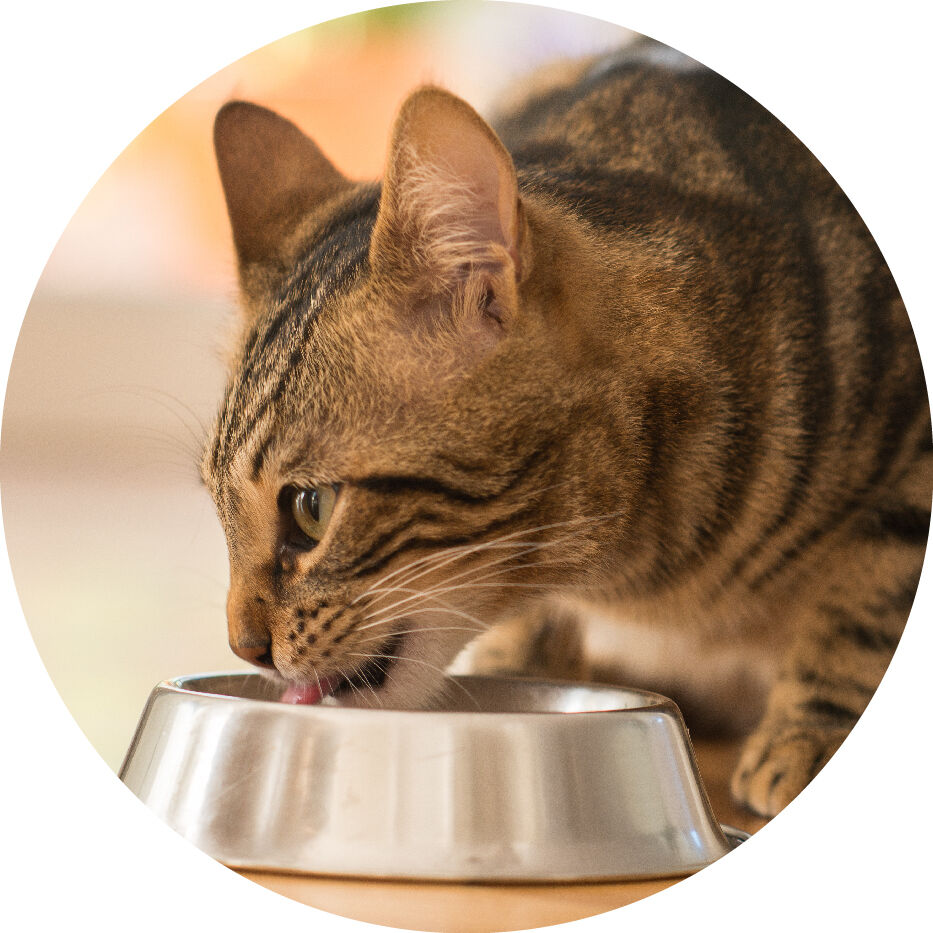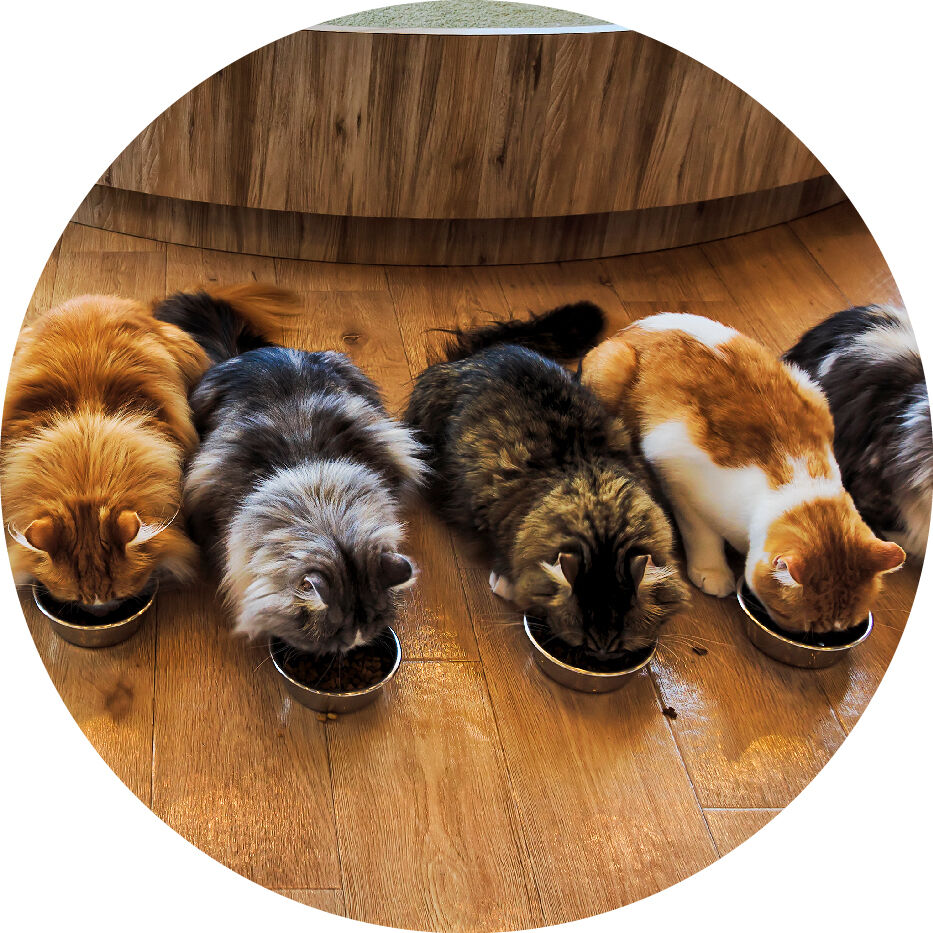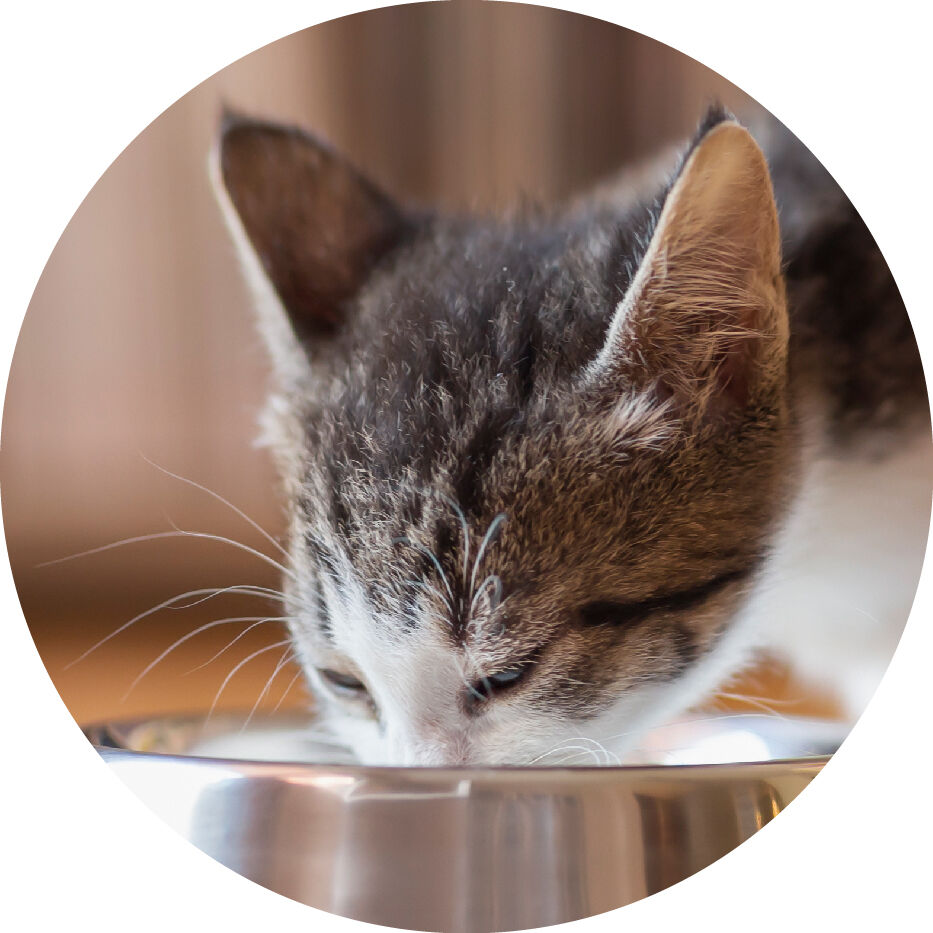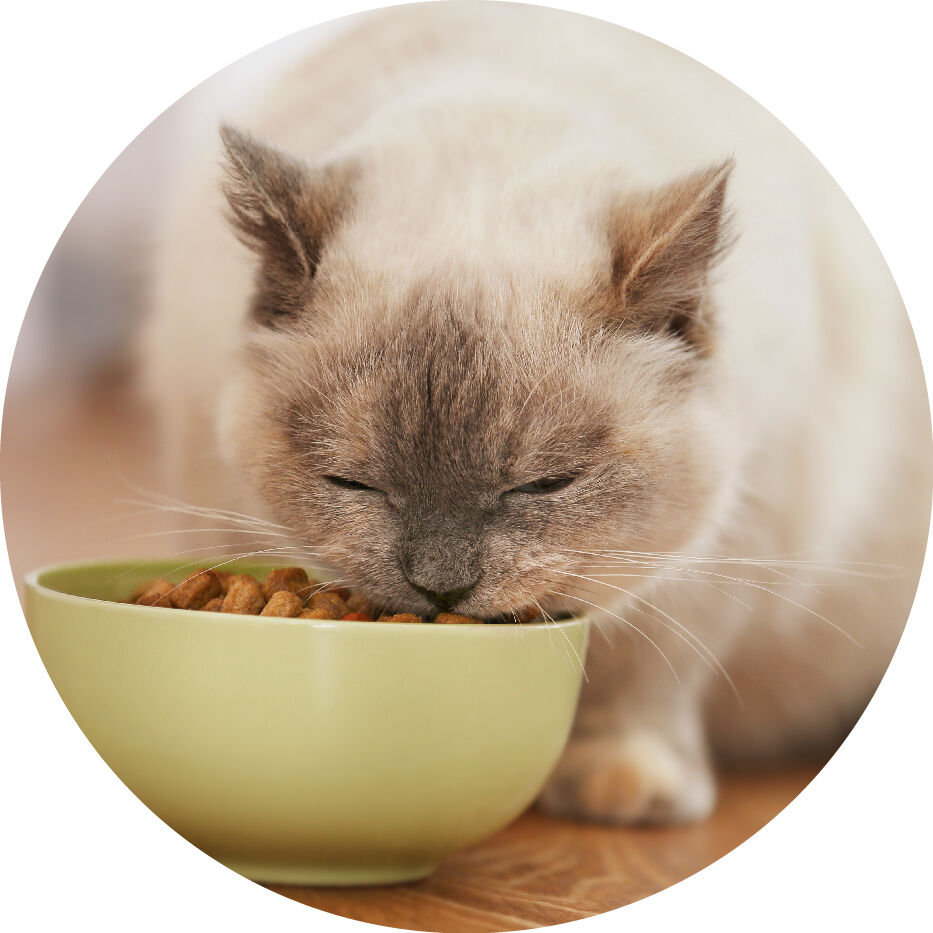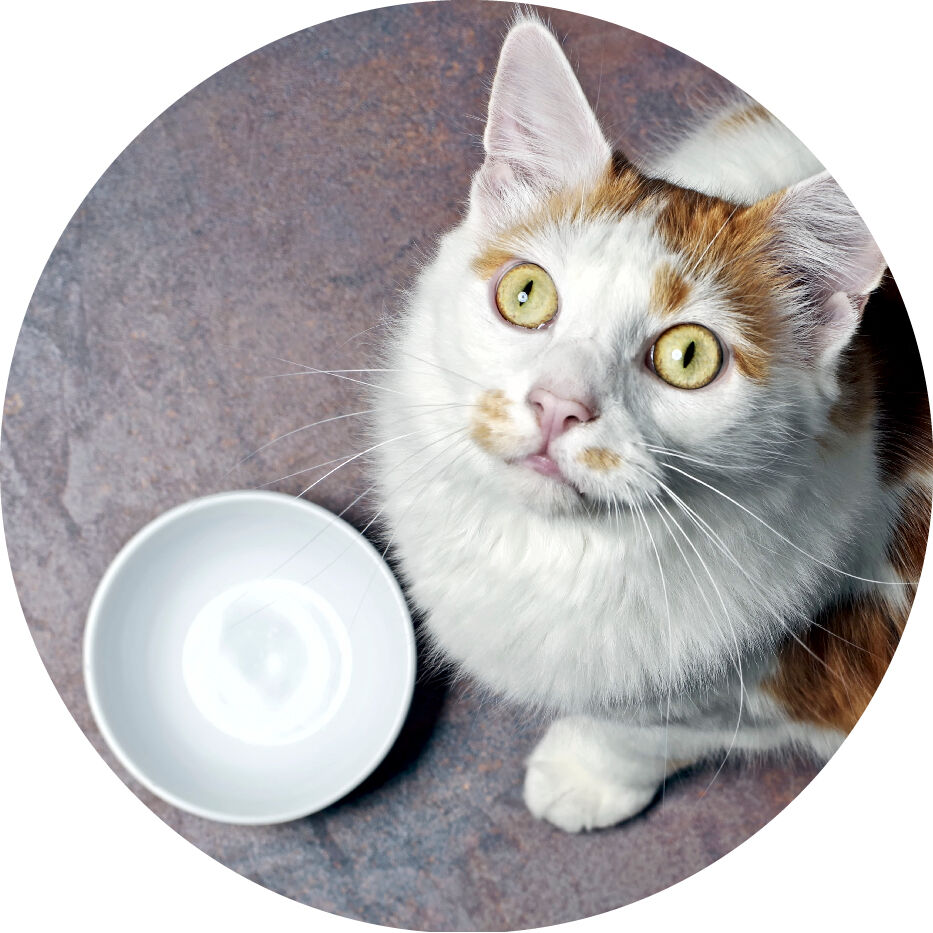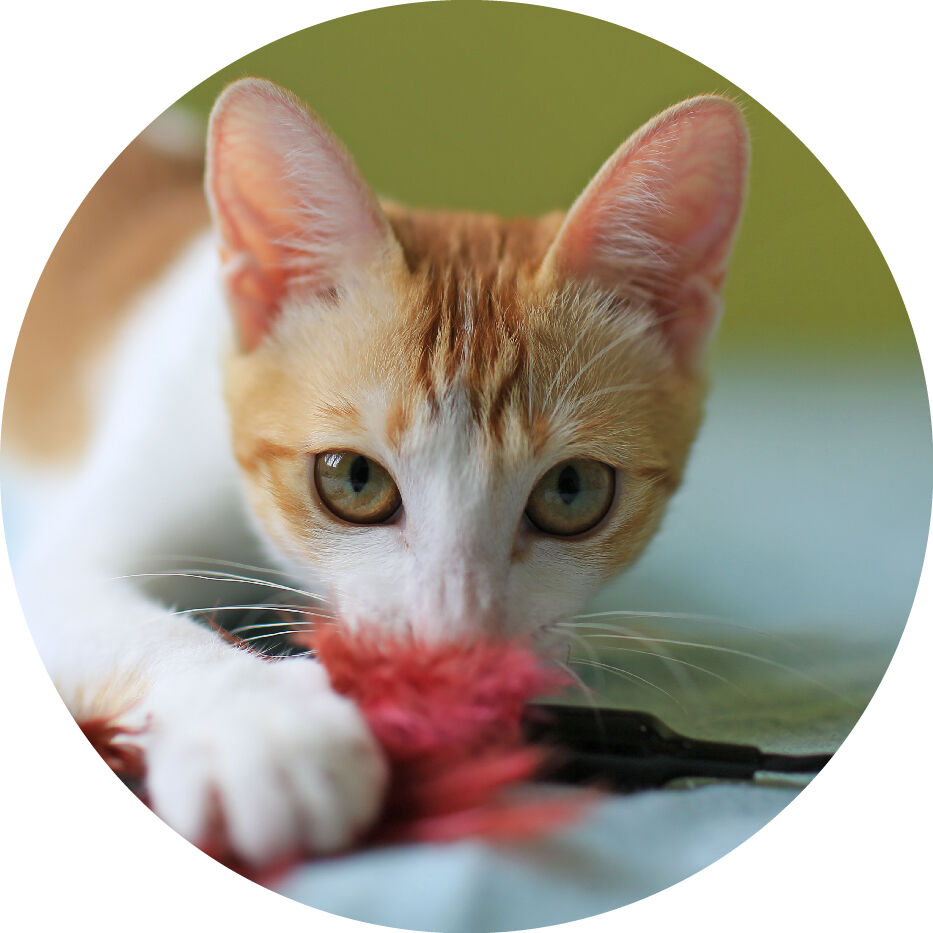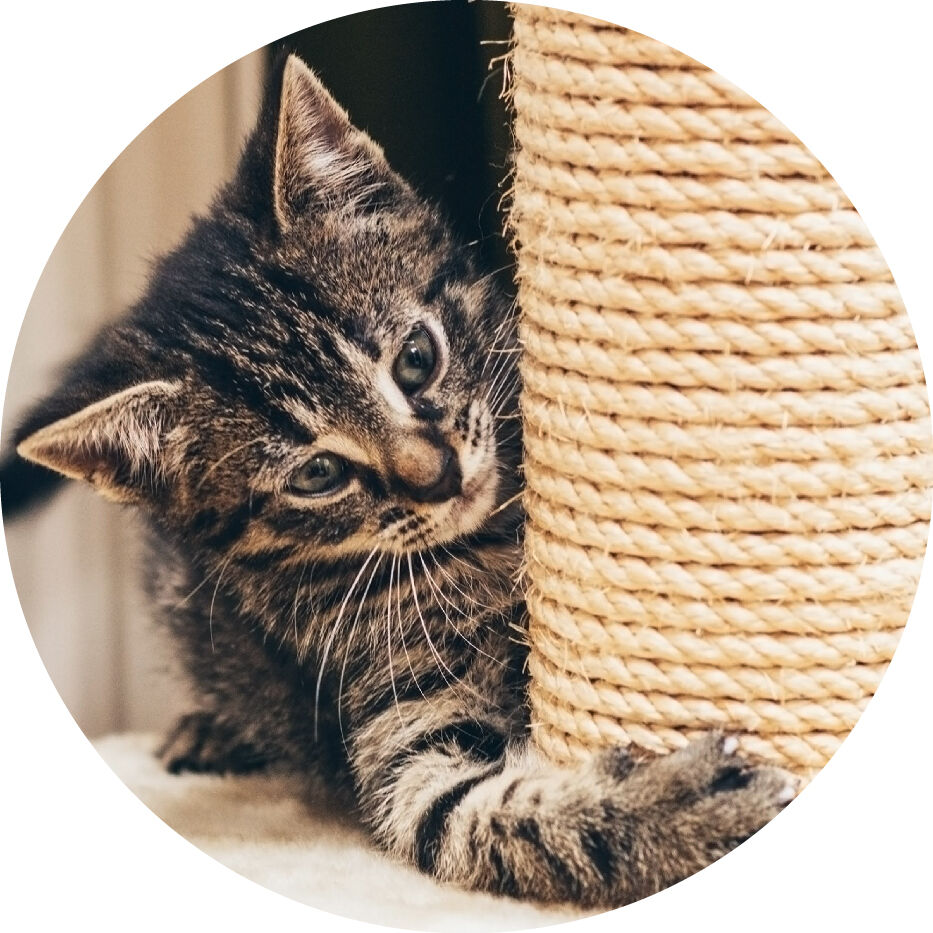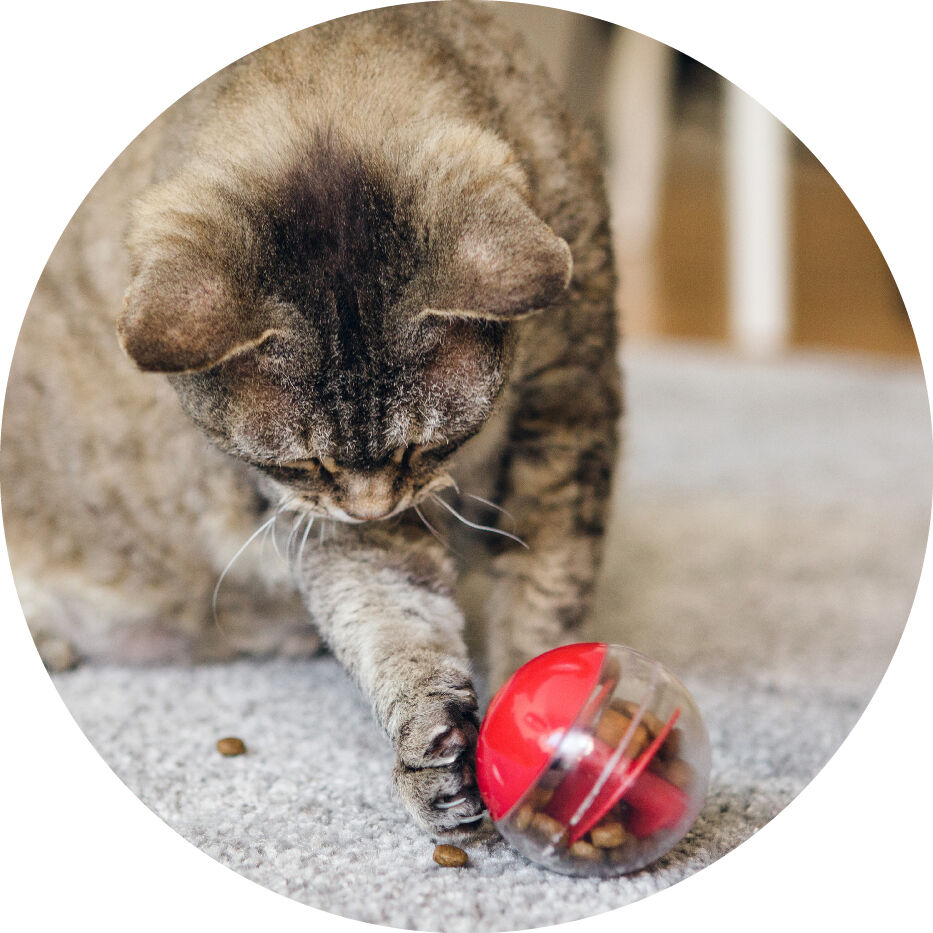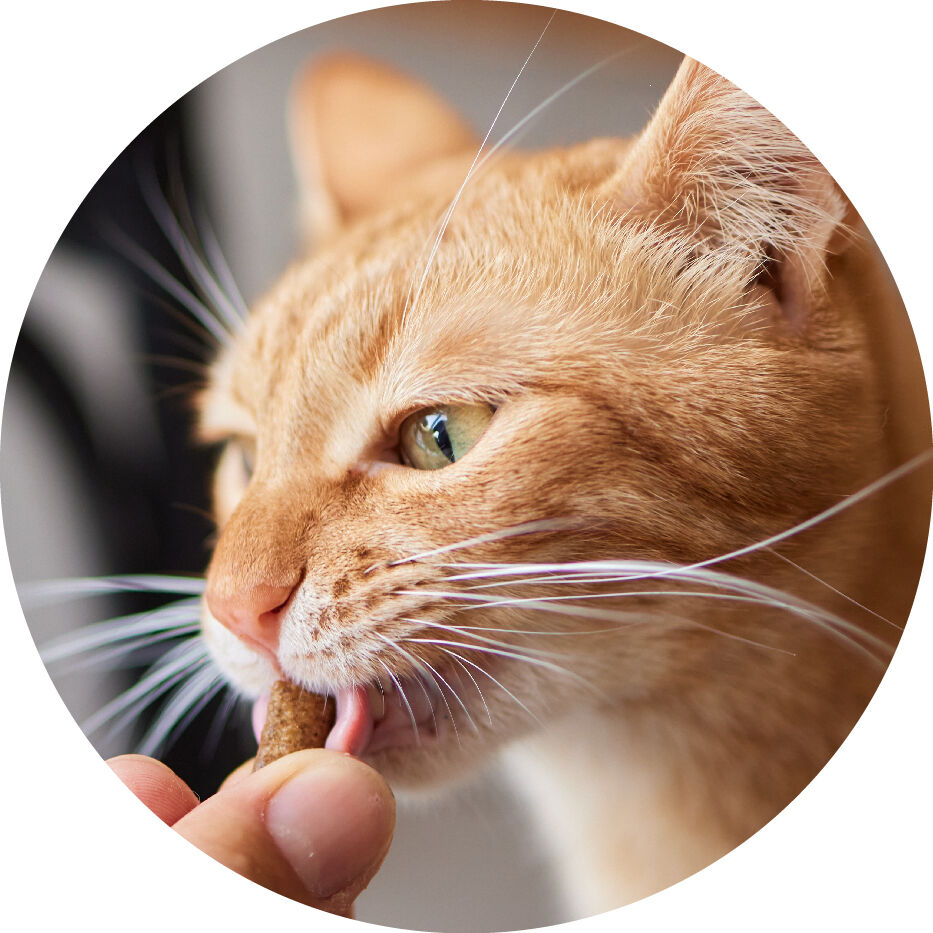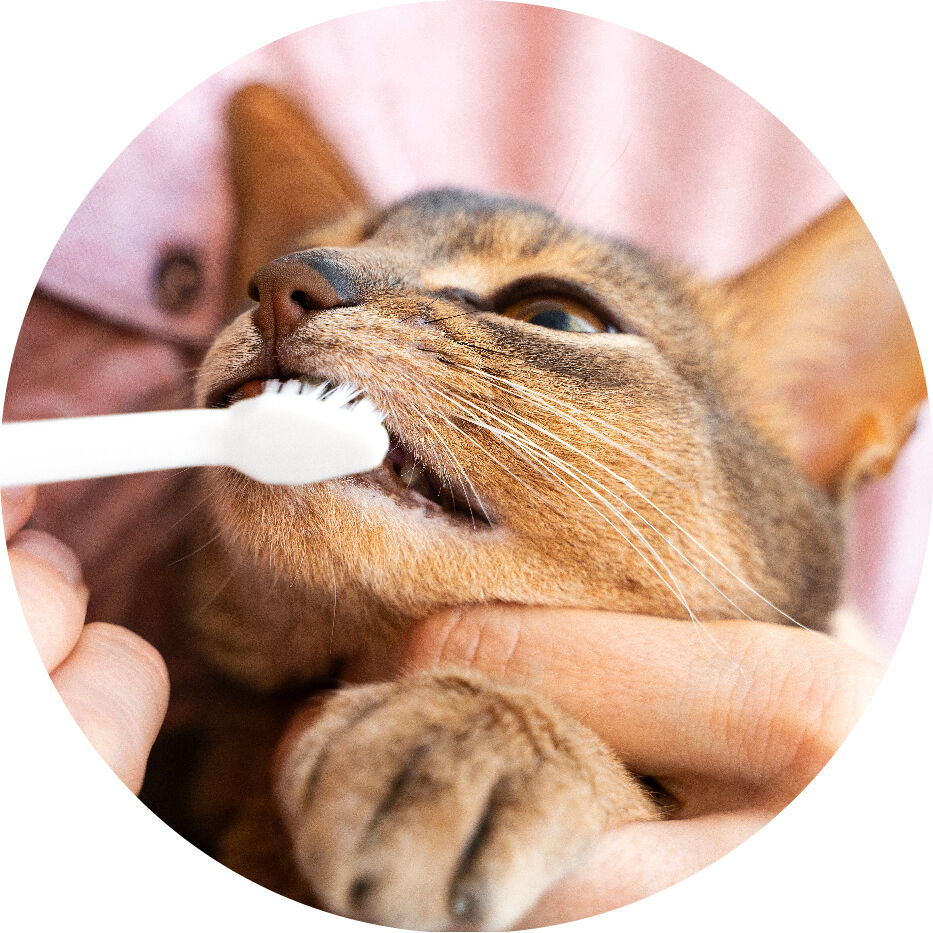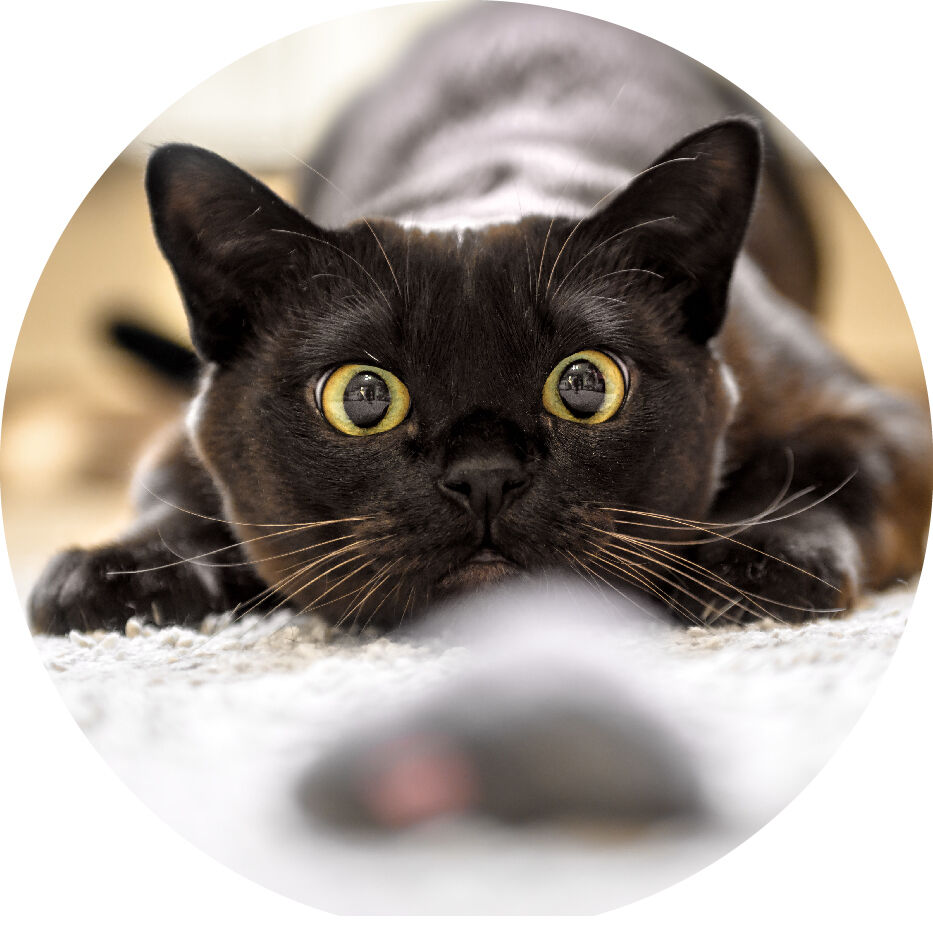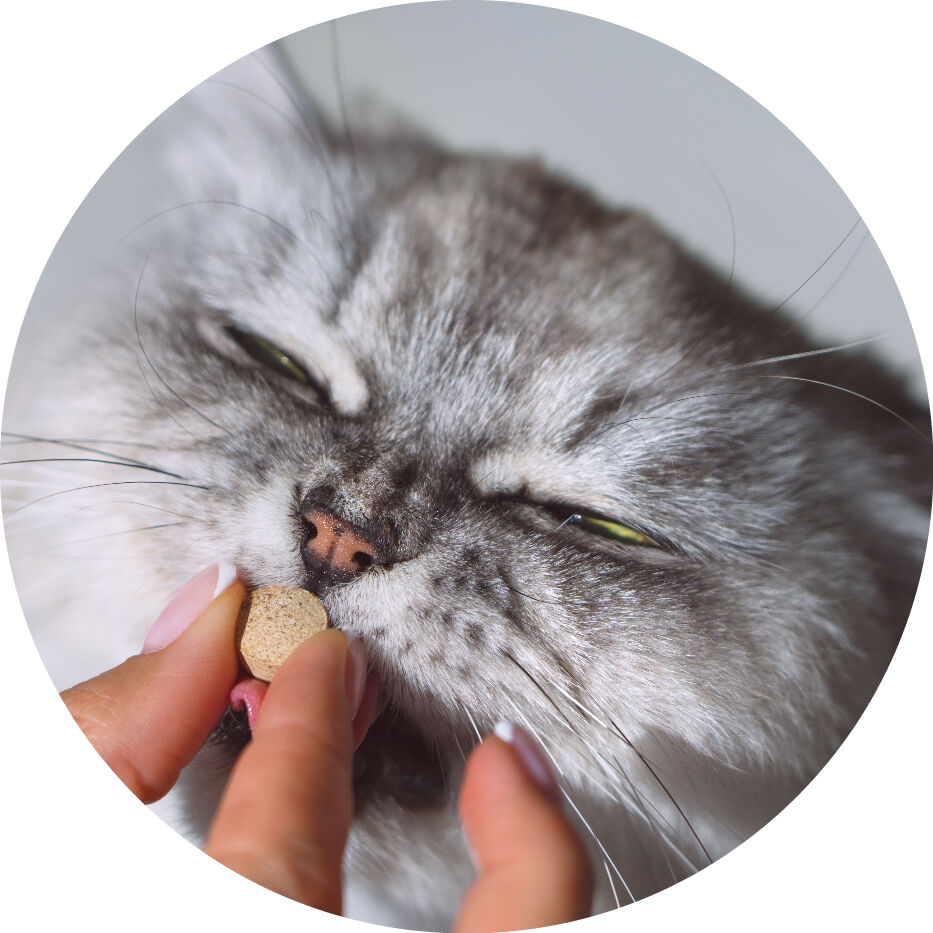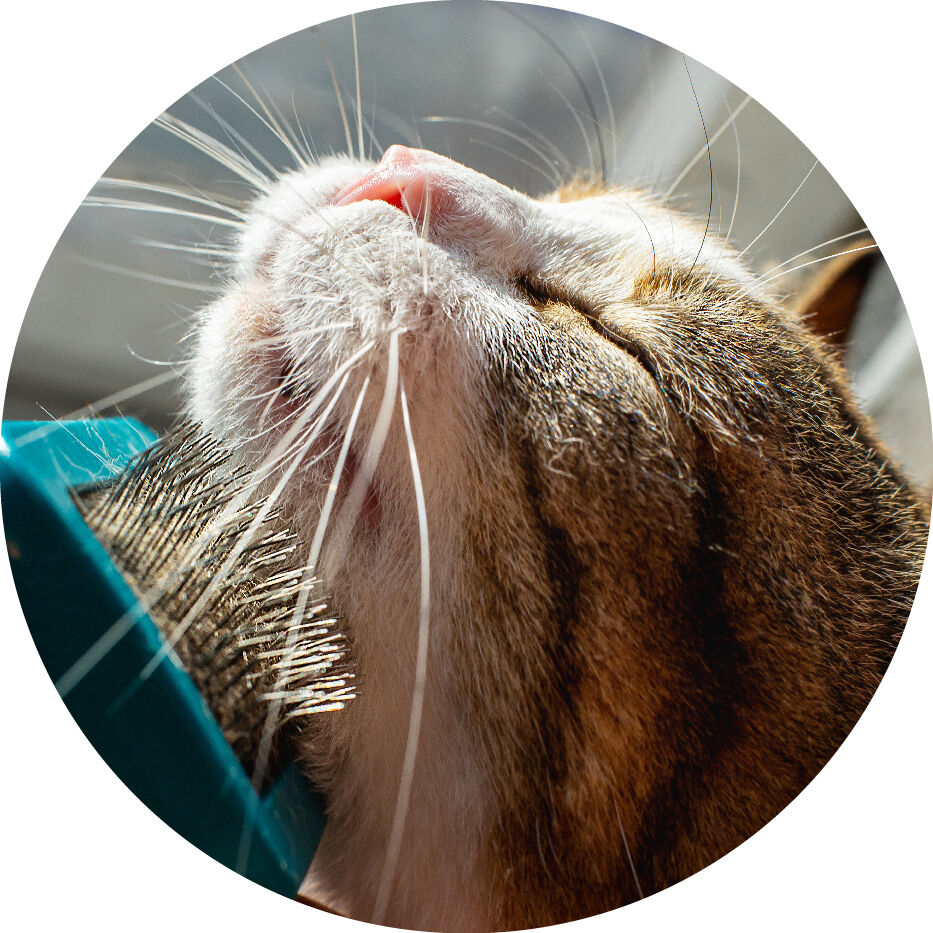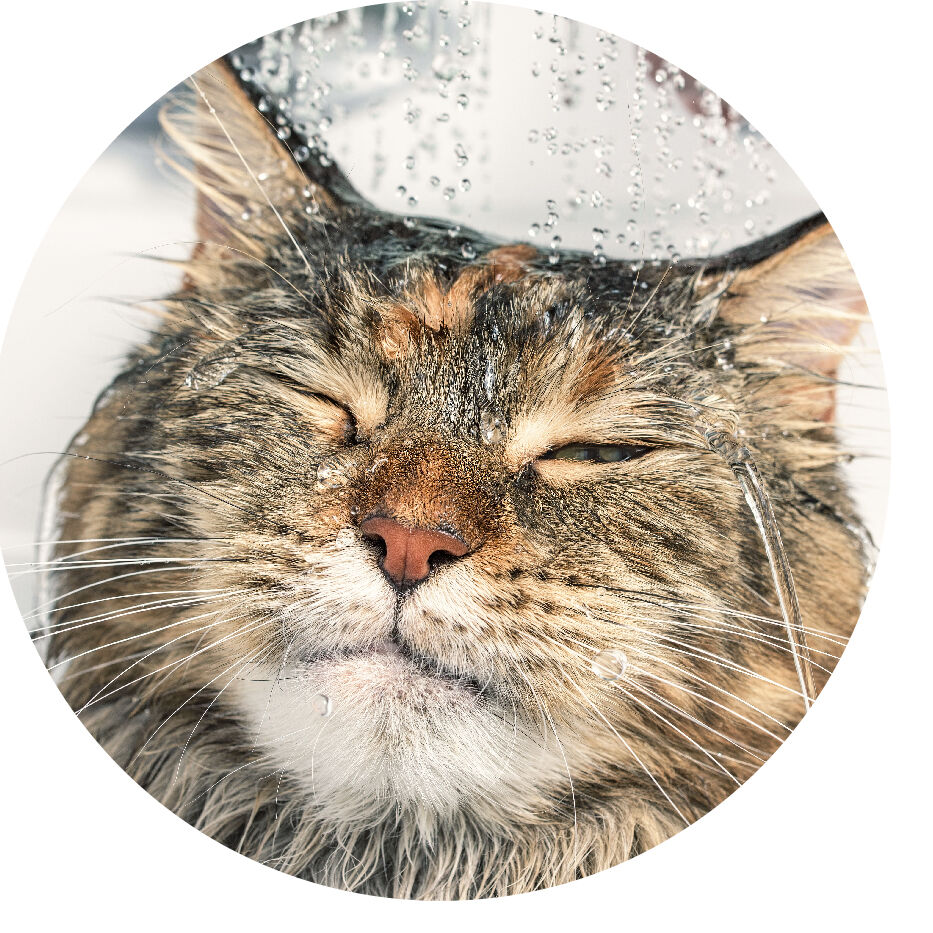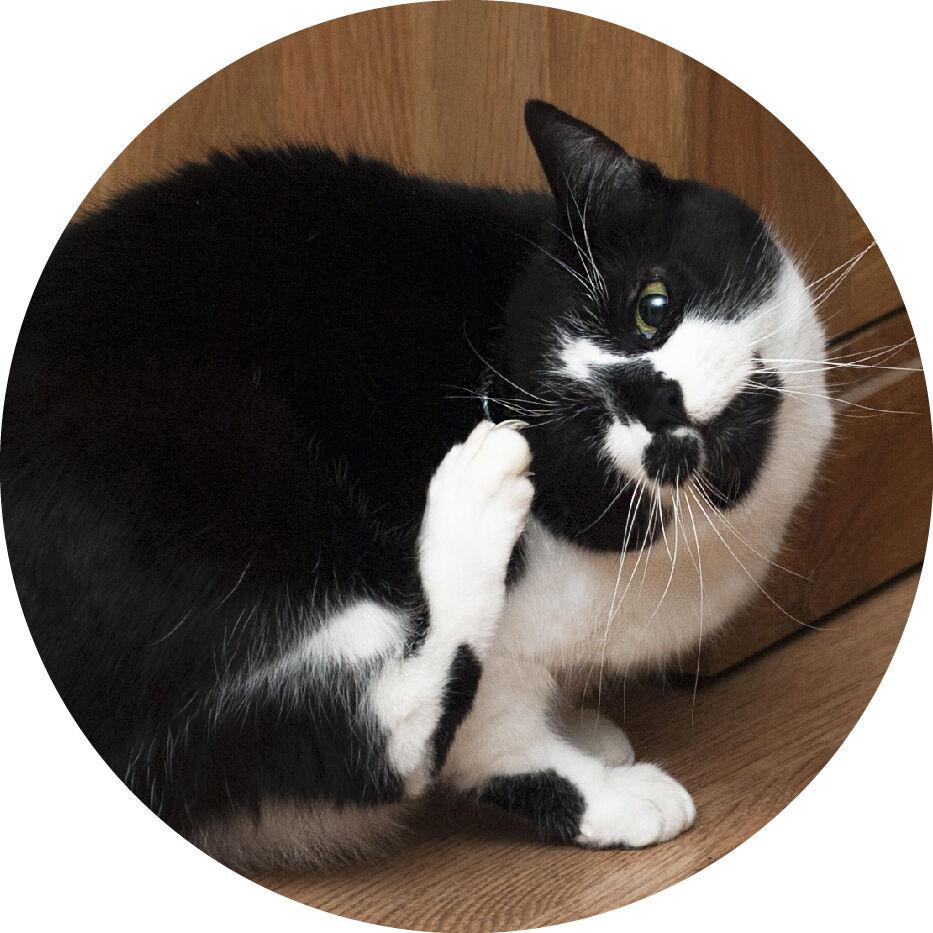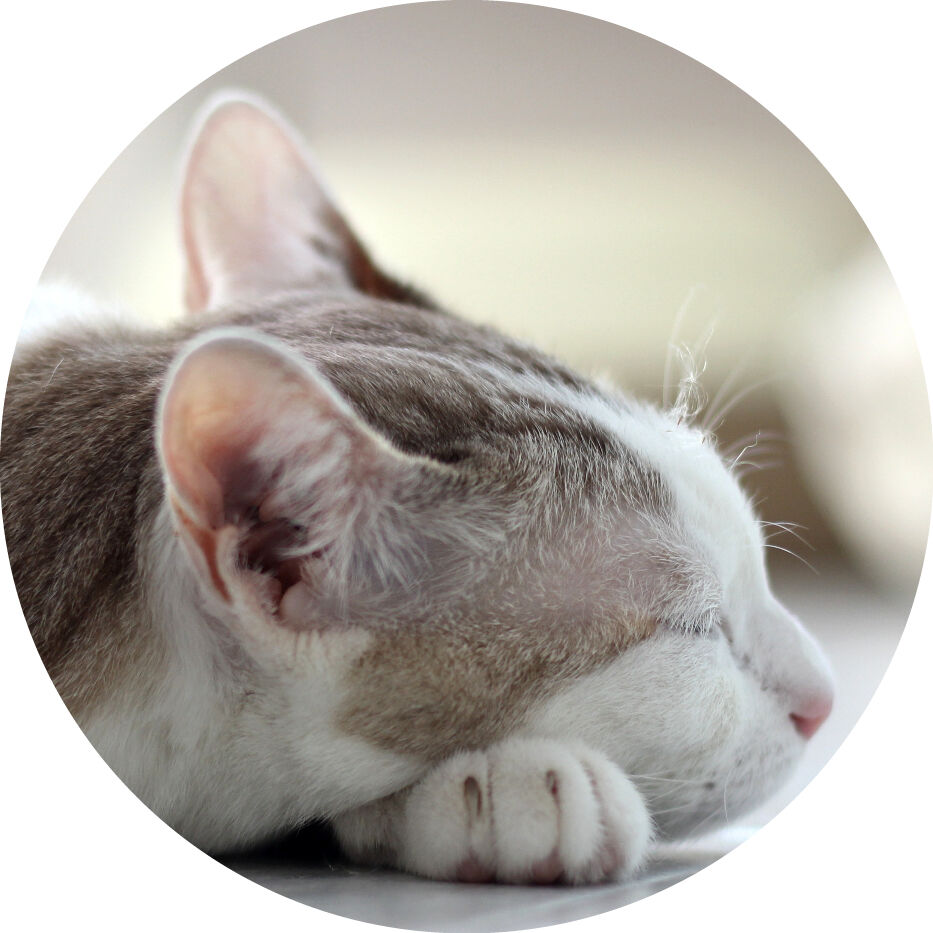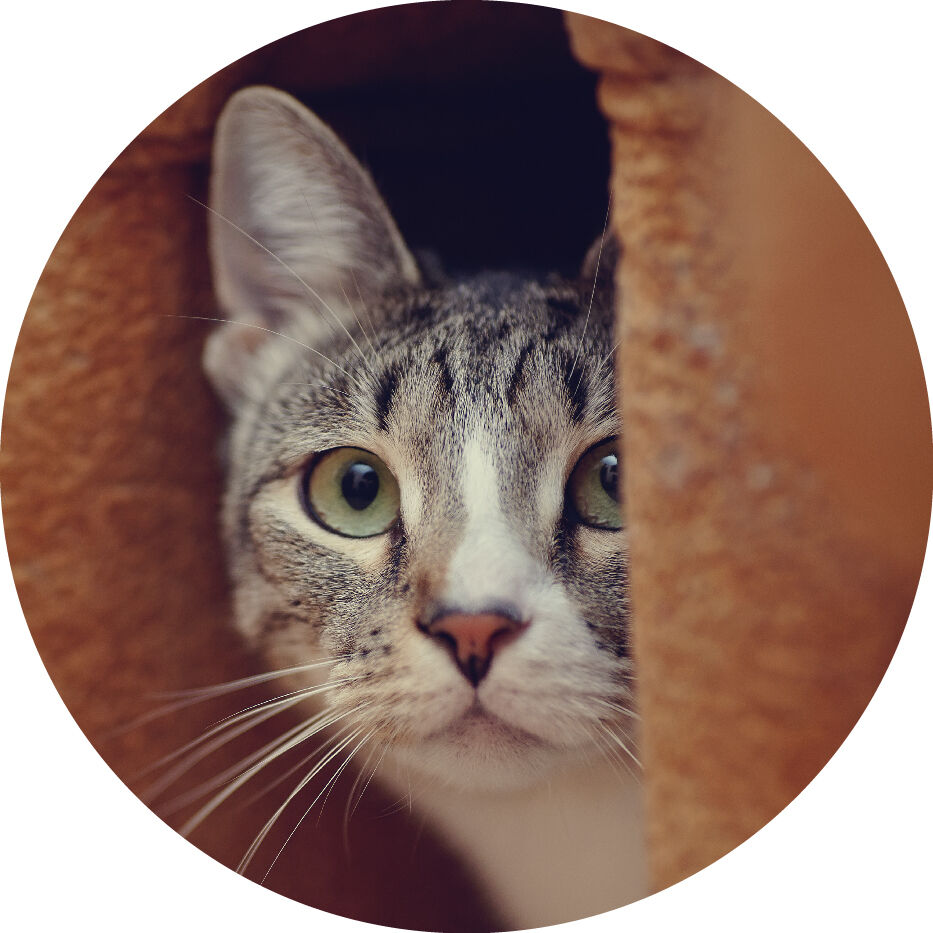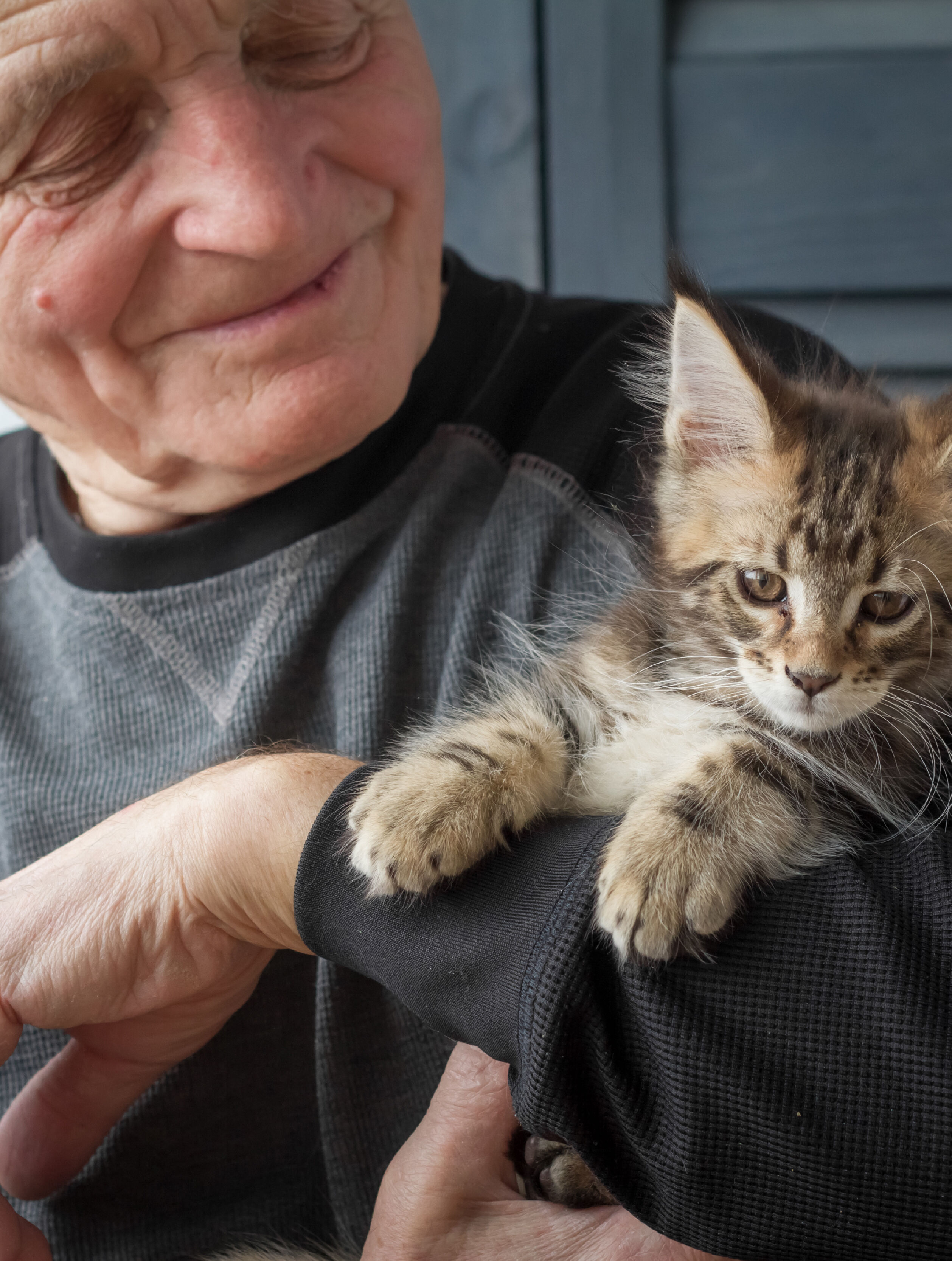Getting Ready
Whether you've made a plan for adoption or you suddenly find yourself with a new pet cat, there are essential items to make everyone more comfortable right from the start.
.png)
A Nutritious Start
In the wild, a cat's prey would contain approximately 70-75 percent water. In your home, you can provide wet food to ensure they get enough moisture in their diet.
.png)
Cats Crave Play
As you get to know your cat, you'll learn more about how they like to hunt, and what they're hunting for (maybe it's birds, or bugs, mice, snakes, or squirrels). If you haven't identified their prey preference yet, bring home a variety of toys and scratchers to keep them—and you—entertained and intrigued.
.png)
Supplies for Success
Don't think of grooming as a chore—think of it as a time to bond with your new cat or kitten. Plus, if you start clipping their nails early, it will make the task much easier when they're adults.
.png)
Healthy Cats & Kittens
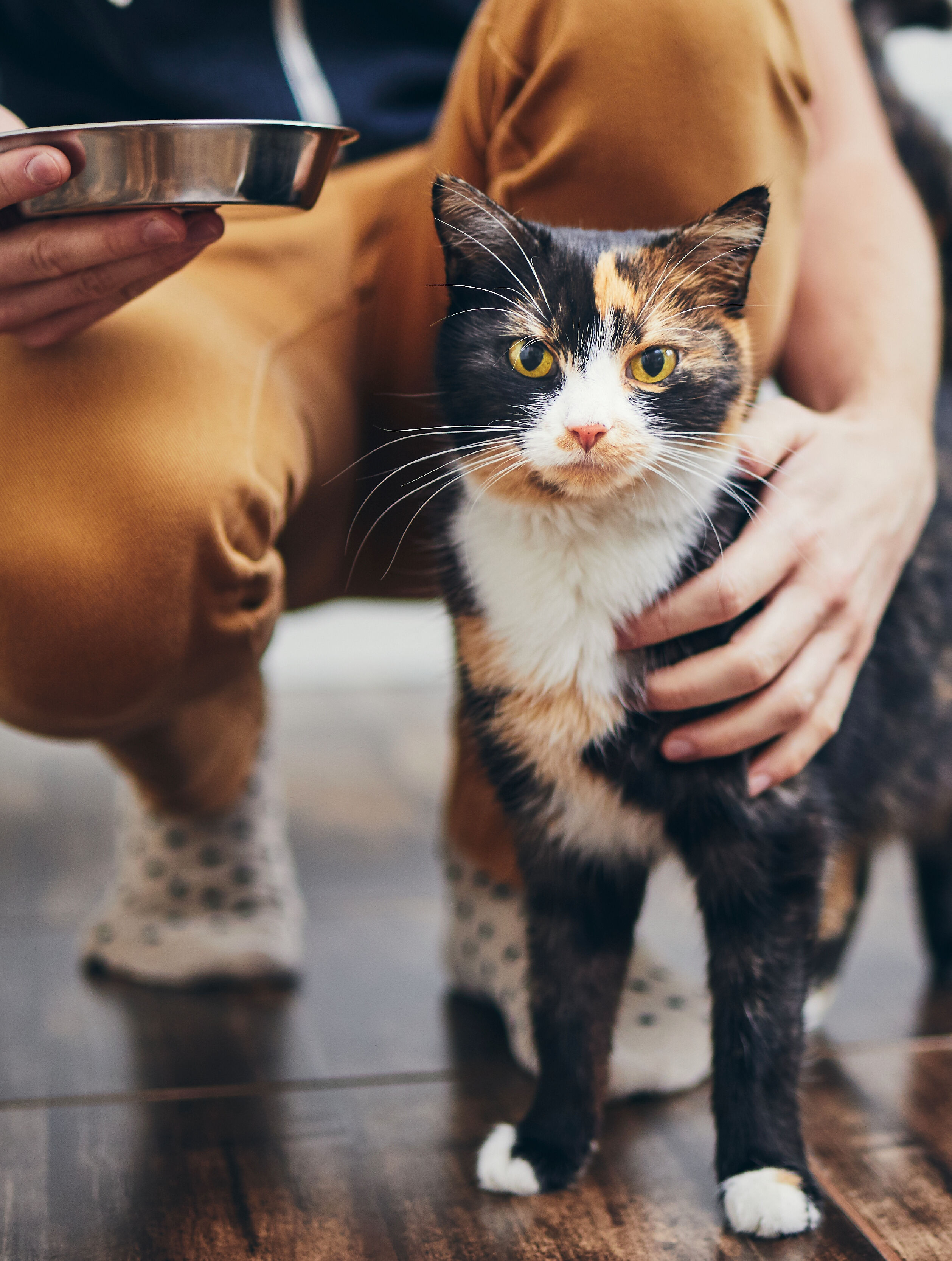
.png)
FAQs
What Should I Feed My Kitten?
An important part of kitten care is adding dietary variety when they’re young. A kitten raised on a single food form or protein can become tied to that particular food for their entire life. That’s often why adult cats get a reputation for being “picky eaters.” As soon your kitten is weaned, take the opportunity to introduce as many different moisture-rich foods as possible to them, from a wide variety of protein sources. Learn More
What’s the Best Litter for My New Cat?
Finding a litter that meets everyone's preference for texture, base material, tracking, and odor control can take a bit of experimenting. And when you factor in questions about value, renewable sourcing, or finding an attractant to keep your cat interested, the task can seem even more complicated.
Thankfully, we understand that cats have distinct preferences, so we stock a variety of litters made from renewable resources such as grass, wood, wheat, corn, walnut husk, and paper. (We also have clay litters, if that's a preference.) If you want to conduct some first-hand comparisons, you can examine all litter selections at our in-store Litter Lab. Learn More
Is There an Environmental Component to Clumping Clay Litter?
There is a significant environmental component to clay litter—and potential health questions—as well. Mass-market litter that contains sodium bentonite clay—a common ingredient in clumping cat litter—is often derived from strip mining that harms the environment. And in your home, clumping clay litter can create dust, potentially affecting your cat's lungs.
There's also evidence that clumping clay litter with added silica can cause intestinal blockages in cats—especially if they have long hair. The litter tends to collect between their toes, and cats will consume it as they groom. If they ingest too much, there’s a potential health risk. Learn More
What is the “Play/Prey” Preference for Cats?
Have you ever wondered why some cats will snub a new toy and then enthusiastically play with string? Our theory is that felines prefer toys that mimic the types of prey they’d like to hunt. To help decode the charming and mysterious preferences of cats, we’ve divided toys into five types of “prey:” birds, bugs, mice, snakes and squirrels. Each type represents a certain play style.
To determine your cat’s prey preference, watch them carefully when playing. By noticing which toys they engage with, you’ll be able to glean valuable insights into what might delight your cat the most. Learn More
What About Supplements?
Certain supplements can be added to a cat’s diet as they age or develop certain health conditions. Some are designed to start your cat on when they're young, to help provide a strong foundation for health as an adult.
Before adding anything new to your pet’s diet—including supplements—be sure to discuss your plans with a veterinarian. They can make certain there are no underlying medical conditions, and let you know if the supplements will work for your cat’s unique wellness journey. Learn More
.png)
